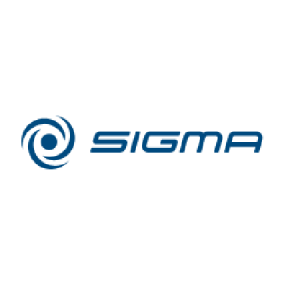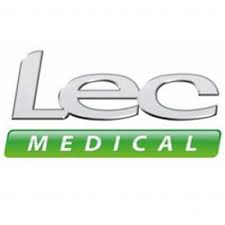Success model outcomes for this new family anywhere between mammographic density and exposure out of cancer of the breast dying, stratified because of the cyst features, AJCC values We–IV shared*
* Fully adjusted model includes covariates for AJCC stage (I, IIA, IIB, III, IV), registry (five sites), age at diagnosis (30–44, 45–49, 50–54, 55–59, 60–64, 65–69, 70–74, 75–79, ?80 years), year of diagnosis (1996–1998, 1999–2001, 2002–2003, 2004–2005), body mass index (18.5 – <25, 25 – <30, ?30kg/m 2 ), mode of detection (screen-detected, interval-detected, other screen, clinically detected, other), surgery/radiation (no breast surgery, breast conserving therapy without radiation, breast conserving therapy with radiation, other surgery), chemotherapy (yes/no), and annual median income (<$42 000, $42 000 – <$52 000, $52 000 – <$66 000, ?$66 000). Women with missing covariate information were excluded. AJCC = American Joint Committee on Cancer; BI-RADS = Breast Imaging Reporting and Data System; CI = confidence interval; ER = estrogen receptor; HR = hazard ratio; PR = progesterone receptor.
† P-worthy of off Wald figure to check on for an overall total aftereffect of categorical BI-RADS thickness. Most of the statistical evaluation was one or two-sided.
Letter = 96 female omitted from trigger-particular activities
007); specifically, elevated risk associated with having almost entirely fatty breasts was apparent for obese women http://www.datingranking.net/pl/cougar-life-recenzja (BMI ?30kg/m 2 , HR = 2.02, 95% CI = 1.37 to 2.97) but not overweight (BMI 25 – <30kg/m 2 , HR = 0.70, 95% CI = 0.40 to 1.23) or lean (BMI 18.5 – <25kg/m 2 , HR = 1.27, 95% CI = 0.74 to 2.17) women. To determine whether this association was being driven by a subgroup of women who were morbidly obese (BMI ?40kg/m 2 ), we conducted post hoc analyses after excluding 313 morbidly obese women, of whom 47 died of breast cancer. In BMI-stratified results, the elevated risk associated with having almost entirely fatty breasts remained apparent for obese women (BMI 30 – <40kg/m 2 , HR = 1.68, 95% CI = 1.07 to 2.63), and the interaction between breast density and BMI was still statistically significant (P = .01).
We found a mathematically high telecommunications between Bmi and BI-RADS occurrence when it comes to cancer of the breast demise (P for communications =
* BI-RADS, Nipple Imaging Revealing and you can Research System; Bmi, bmi; CI, trust interval; Hour, risk ratio. The tumors: Body mass index ? thickness correspondence, P = .007.
† Fully adjusted model includes covariates for American Joint Committee on Cancer stage (I, IIA, IIB, III, IV), registry (five sites), age at diagnosis (30–44, 45–49, 50–54, 55–59, 60–64, 65–69, 70–74, 75–79, ?80 years), year of diagnosis (1996–1998, 1999–2001, 2002–2003, 2004–2005), mode of detection (screen-detected, interval-detected, other screen, clinically detected, other), surgery/radiation (no breast surgery, breast conserving therapy without radiation, breast conserving therapy with radiation, other surgery), chemotherapy (yes/no), and annual median income (<$42 000, $42 000 – <$52 000, $52 000 – <$66 000, ?$66 000). Women with missing covariate information were excluded.
‡ P well worth from Wald fact to test having an overall feeling of categorical BI-RADS thickness. All of the mathematical tests have been two-sided.
I found a statistically tall communication between Bmi and you will BI-RADS density with respect to breast cancer passing (P having communication =
* BI-RADS, Breast Imaging Reporting and you can Investigation System; Body mass index, bmi; CI, believe interval; Hours, threat proportion. Every cancers: Bmi ? density interaction, P = .007.
† Fully adjusted model includes covariates for American Joint Committee on Cancer stage (I, IIA, IIB, III, IV), registry (five sites), age at diagnosis (30–44, 45–49, 50–54, 55–59, 60–64, 65–69, 70–74, 75–79, ?80 years), year of diagnosis (1996–1998, 1999–2001, 2002–2003, 2004–2005), mode of detection (screen-detected, interval-detected, other screen, clinically detected, other), surgery/radiation (no breast surgery, breast conserving therapy without radiation, breast conserving therapy with radiation, other surgery), chemotherapy (yes/no), and annual median income (<$42 000, $42 000 – <$52 000, $52 000 – <$66 000, ?$66 000). Women with missing covariate information were excluded.











